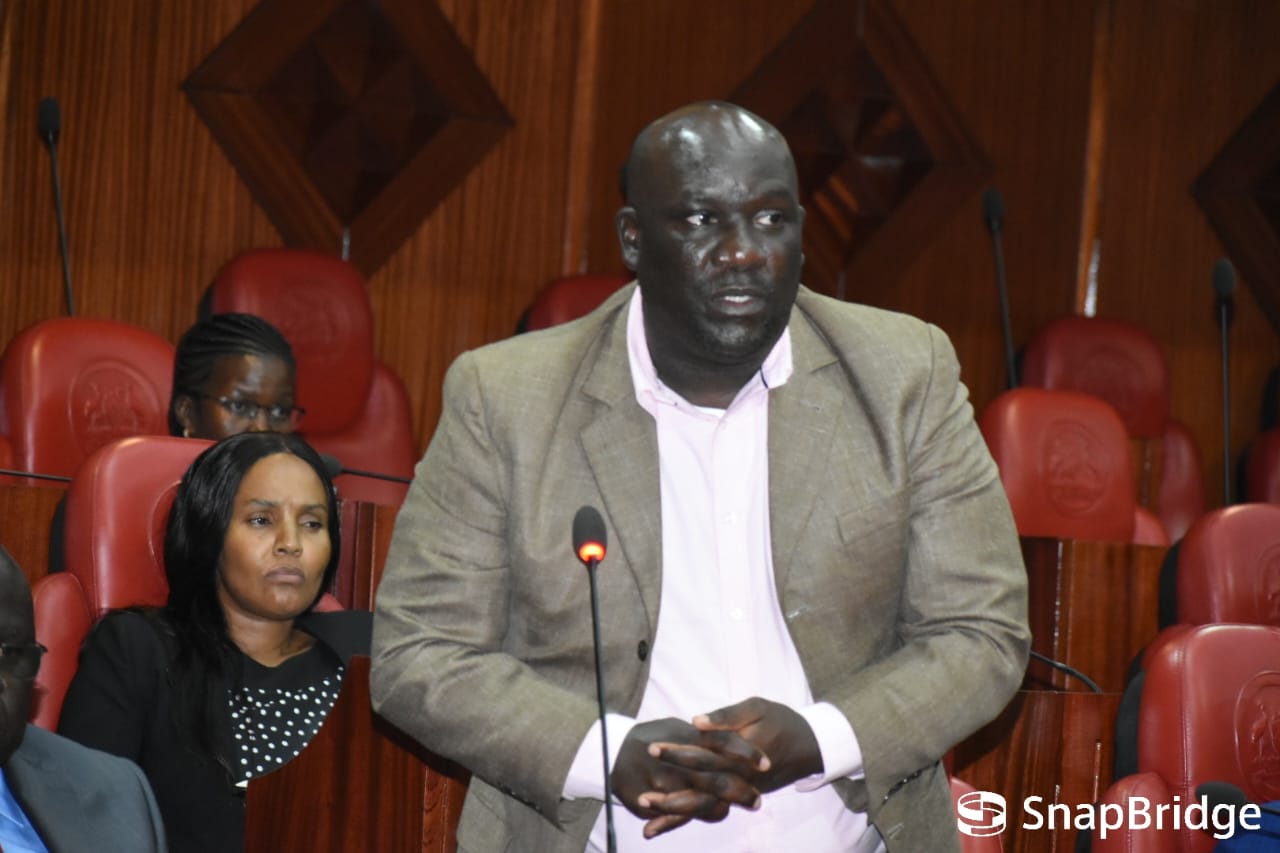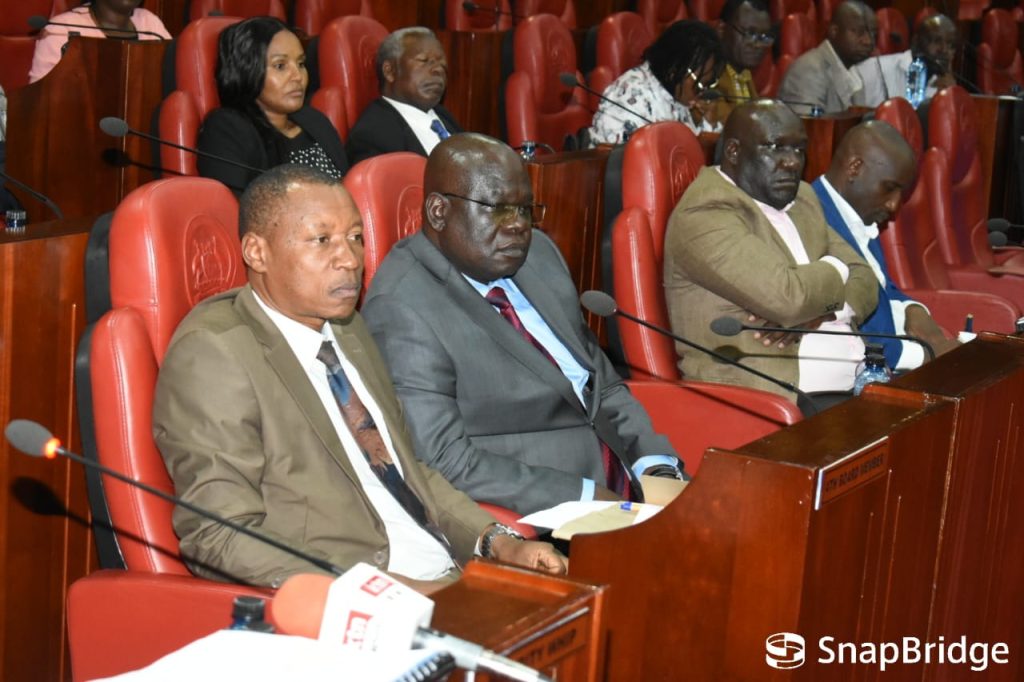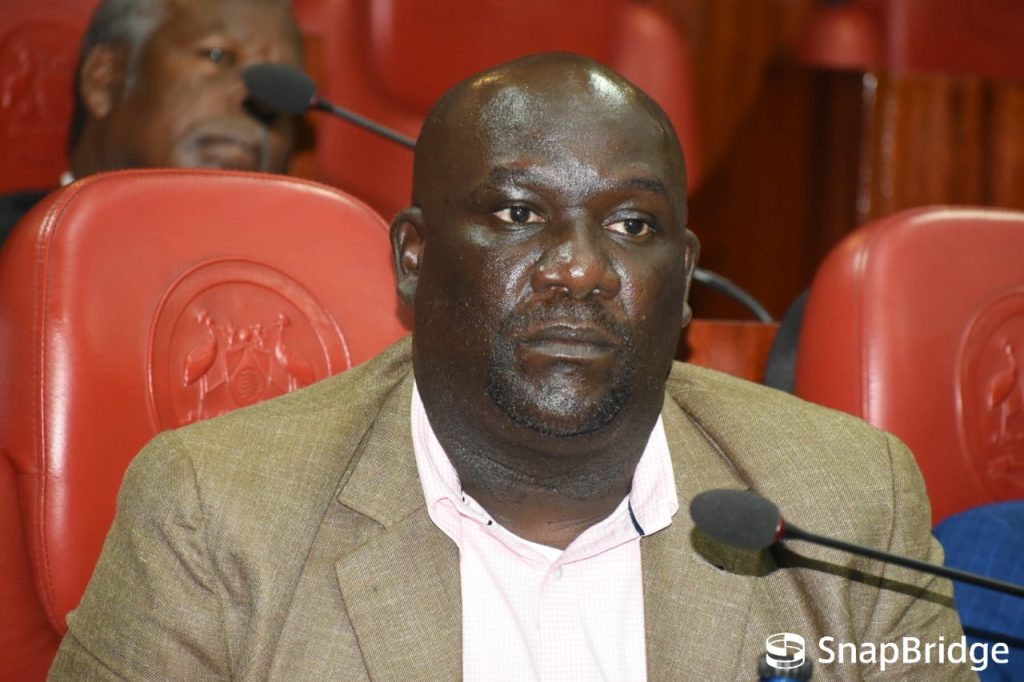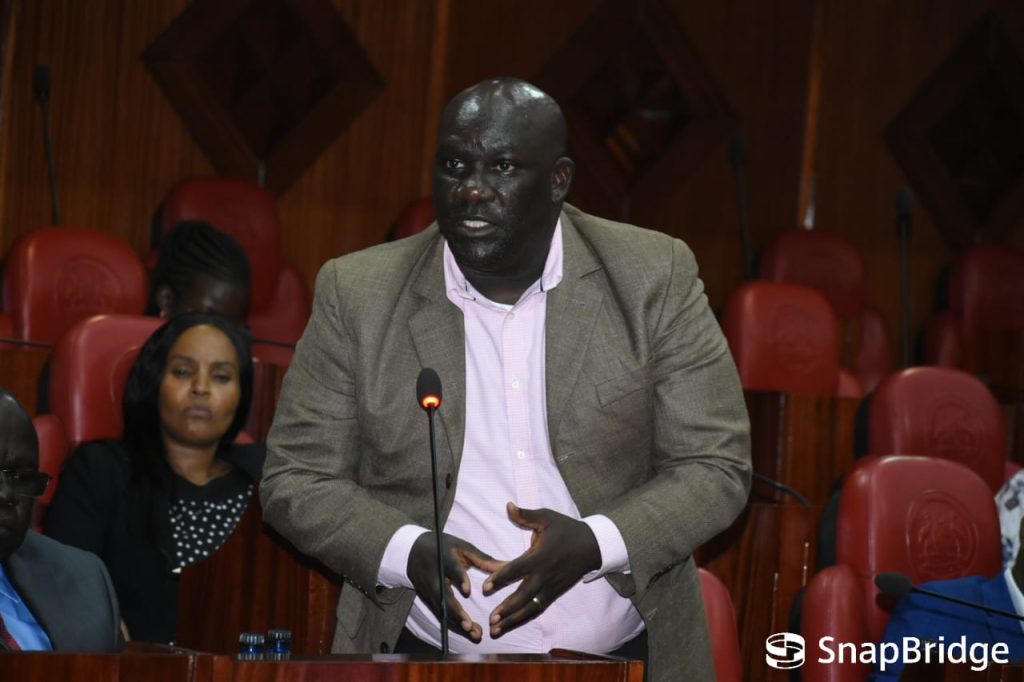Cityhall Expose:How Junior officer in planning department is Milking million of shillings in Bribe Web.

In the heart of Nairobi’s urban development lies a clandestine web of corruption, with Frederick Ochanda, an official in the City Hall planning department, at its center.
This planning directorate employee is now under the intense scrutiny of anti-graft agencies for his alleged involvement in a network of corruption that runs deep within Nairobi’s real estate sector.


Mr Ochanda on Wednesday this week appeared before the Nairobi assembly planning Committee and was put on task to explain how he approves buildings without consulting the Cec and chief officer concerned.
The Mcas were shocked when Mr Ochanda told them he only consult his boss Governor Johnson Sakaja alone ,bragging that he only takes orders from Governor himself.
The Mcas are now lobbying to ensure the rogue officer is out of the office as soon as possible.
Ochanda’s connections to prominent figures on Riverside Drive, including influential individuals associated with Johnson Sakaja, have raised red flags.
It is rumored that Ochanda holds considerable sway within the planning department, only taking instructions from a select few, which includes Johnson Sakaja and Osman Khalif. This exclusive circle of influence positions Ochanda as a key player in determining the fate of construction projects in Nairobi.

What is even more alarming is the audacity with which Ochanda is reported to be collecting bribes and manipulating the approval process for building sites.
While grilling the said officer,Kileleshwa mca Robert Alai wondered how Mr Ochanda has been approving buildings with excess floors contrary to the paperwork.
His notoriety and arrogance have left potential investors in a state of fear and apprehension. The situation has grown so dire that some investors have taken the step of lodging complaints with the highest authorities, including the head of state. It is only a matter of time before a thorough investigation brings this corrupt network to justice.
The web of corruption that Ochanda appears to be involved in threatens not only the economic stability of the region but also the integrity of Nairobi’s urban development. It is imperative that swift and decisive action be taken to root out this corruption and restore transparency and fairness to the planning and construction processes within the city




